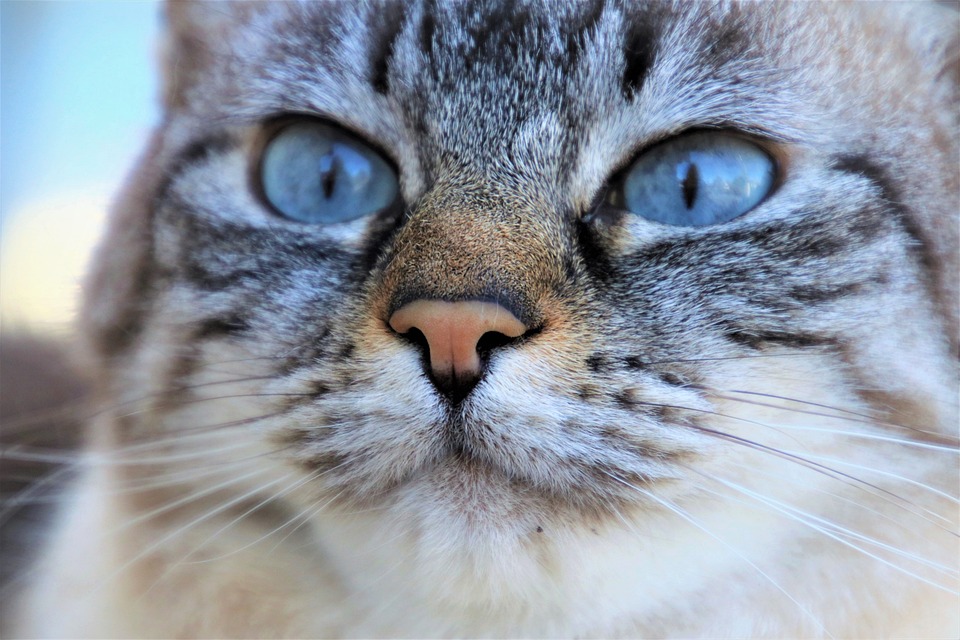Teaching Cats to Stay Away from Certain Plants
Cats are curious creatures, and their inquisitive nature often leads them to explore the world around them, including your beloved houseplants. While some plants can be harmful or toxic to cats, there are ways you can teach your feline friend to stay away from these potentially dangerous green companions. In this article, we will discuss effective methods to train your cat to avoid certain plants, ensuring their safety and the longevity of your indoor garden.
Understanding Your Cat’s Behavior
Before diving into the training techniques, it’s important to understand why cats are attracted to plants in the first place. Cats are naturally drawn to the texture, movement, and smell of plants, which mimic their outdoor environment. Additionally, some cats may be enticed by the taste of certain plants, making them irresistible targets for nibbling.
Identifying Harmful Plants
The first step in training your cat to stay away from certain plants is to identify the ones that pose a potential risk. There are numerous common houseplants that are toxic to cats, including lilies, aloe vera, jade plants, and certain types of ferns. Research and make a list of plants that are unsafe for cats to come into contact with, ensuring you have a comprehensive understanding of the potential dangers.
Creating a Cat-Friendly Space
To discourage your cat from exploring your plants, it’s essential to provide them with alternative options that are more appealing. Consider creating a designated cat-friendly space in your home, equipped with toys, scratching posts, and comfortable resting areas. This will redirect their attention and energy away from your plants, making it less likely for them to engage in unwanted behavior.
Utilizing Deterrents and Repellents
There are various deterrents and repellents available on the market that can be effective in keeping cats away from plants. These include sprays with bitter or citrus scents, motion-activated deterrents, and even specially designed barriers. Before using any deterrent or repellent, ensure it is safe for both your cat and the plant itself by consulting with a veterinarian or doing thorough research.
Positive Reinforcement Training
Positive reinforcement training is a proven method for teaching cats to modify their behavior. Whenever your cat avoids a plant or shows interest in their designated cat-friendly space, reward them with praise, treats, or playtime. Conversely, when they approach or show interest in the plants you want them to avoid, redirect their attention to their designated space without scolding or punishing them. Consistency and patience are key to successful positive reinforcement training.
Frequently Asked Questions (FAQs)
Q: How long does it typically take to train a cat to stay away from plants?
A: The time it takes to train a cat varies depending on the individual cat’s personality, prior training experience, and the consistency of training. It may take anywhere from a few weeks to several months to successfully teach your cat to avoid certain plants.
Q: What if my cat continues to show interest in the plants despite training efforts?
A: If your cat persists in exploring or nibbling on the plants, consider relocating them to an area that is inaccessible to your cat, such as a closed-off room or using hanging baskets. Additionally, consult with a veterinarian or a professional animal behaviorist for further guidance.
Q: Are there any plants that are safe for cats to interact with?
A: Yes, there are several houseplants that are considered safe for cats, such as spider plants, Boston ferns, and catnip. These plants can provide a safe and interactive environment for your cat while satisfying their natural curiosity.
Remember, while training your cat to stay away from certain plants is crucial, it is equally important to ensure that the plants you keep in your home are safe and non-toxic for your feline companion. By understanding your cat’s behavior, providing alternatives, and using positive reinforcement training techniques, you can create a harmonious environment where both your cat and plants can thrive.








